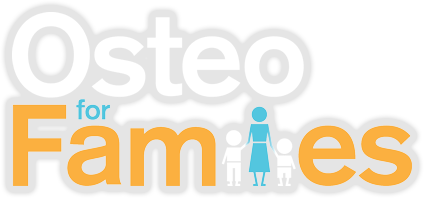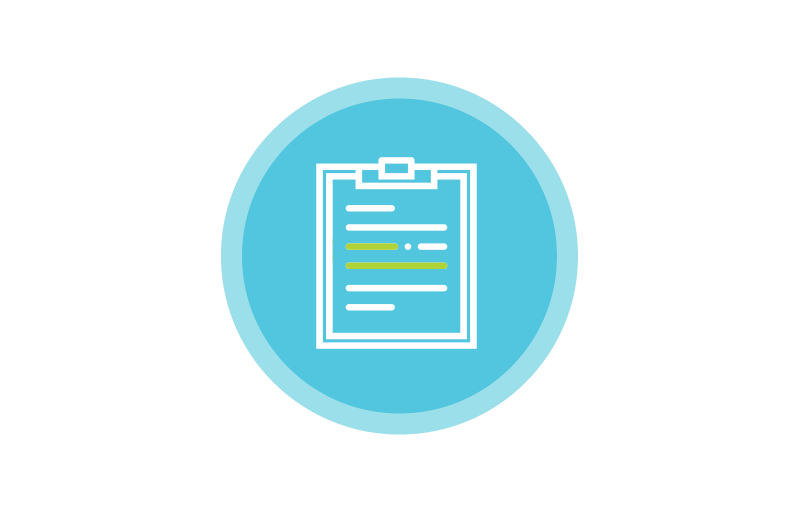
Step One
Your History
Step Two
Assessment
Step Three
Treatment
Step Four
Personalised plan
Step-by-step
During your appointment
Step 1.
We take your history
For your first visit, it’s recommended to arrive a little earlier, as you will have to complete initial paperwork such as name, address and emergency contact details. Then your Osteopath will ask questions about your current pain and symptoms and how and when they occurred. You will also be asked questions about your past medical history, any medicines you are taking or other factors that may appear not to be directly related to your problem. Your Osteopath may also enquire about family history and any recent X-rays, scans or test results that you have had.
Step 2.
Assessment
Depending upon the area of your body requiring treatment, you may be asked to undress to your underwear. It is essential that you feel comfortable, so you might want to wear loose trousers or bring a pair of shorts to change into.
Next, our Osteopath will conduct a full osteopathic examination and some additional medical tests, including but not limited to orthopaedic and / or neurological tests and postural assessments. These examinations are vital to assist us to identify exactly how to manage your condition.
During the Osteopathic assessment we will assess passive and active motions, such as bending forward, moving your neck or your osteopath may lift your arms or legs. As osteopathy takes a holistic approach to therapy, your Osteopath may look at other parts of your body, along with the area that is troubling you. For instance, if you have an aching knee, your osteopath may also look at your ankle, hips and back.
STEP 3.
Treatment
Osteopathy is a form of manual therapy which means ‘a hands on’ approach is taken. Techniques used will consist of soft tissue massage, repetitive motions, stretching with and without resistance, joint mobilisation and manipulation. Many osteopathic techniques are gentle and should not trigger undue discomfort. If your injuries do require hands-on therapy over an uncomfortable or tender area, your Osteopath will exercise care to make you as comfortable as possible. Please note our Osteopaths at Osteo for Families do not ‘crack’ any baby or child’s neck and we also only ‘crack’ an adult after careful consideration and with permission. It is not our ‘main’ technique we use.
Step 4.
Personalised therapy
Once hands on treatment has been completed, your osteopath will discuss in detail your diagnosis and prognosis. Following this your osteopath will explain how you can manage the pain away from the clinic, whether through an exercise or ergonomic plan, the use of heat or ice, or referral elsewhere if required.
Generally, we would anticipate seeing some changes in your symptoms after one or two visits; nevertheless, some long-lasting or persistent conditions may need more regular therapy. If you have any concerns, your osteopath will be happy to discuss these with you.
We also like to let all our patients know that some individuals experience some tenderness for a day or two after treatment. If tenderness continues or increases substantially, please call us on 0416 161 411 to discuss your concerns.
Please allow up to one hour for your initial assessment. This will allow your osteopath to take a comprehensive history, examine and treat you. Follow-up treatments are typically much shorter. Depending upon your condition, we allow 30 minutes.

Digging deeper into Osteopathy
Do you want to understand the core principles of Osteopathy?









